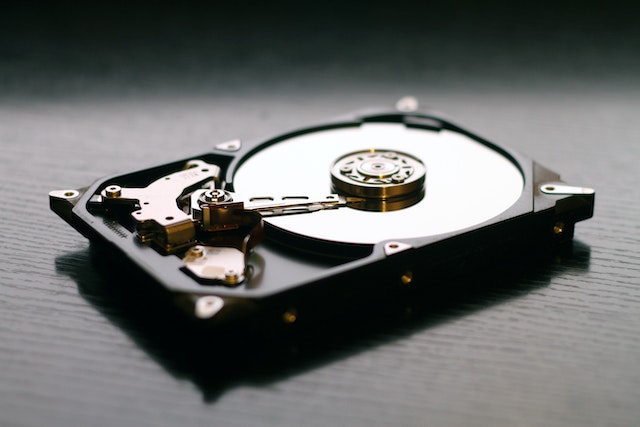External hard disks can also benefit from defragmentation, which involves rearranging the data on the disk so that related data is grouped together. This can improve the performance of the disk by reducing the time it takes to access files. Here are some steps to follow to defragment an external hard disk:

First, it’s important to understand the need for defragmentation. As you add and remove files from your external hard disk, the data can become fragmented, which means parts of a file may be scattered across different areas of the disk. This can make it slower to access the file. Defragmentation rearranges the data so that related parts of a file are stored together, making it faster to access files.
Before starting the defragmentation process, it’s a good idea to check the disk for errors. This can help identify any potential problems with the disk and ensure that the defragmentation process runs smoothly. To check the disk for errors, connect the external hard disk to your computer and open File Explorer. Right-click on the external hard disk and select Properties. Click on the Tools tab and then click on Check under the Error checking section. This will scan the disk for errors and fix any issues that it finds.
There are several defragmentation tools available, both free and paid. Windows has a built-in defragmentation tool called Disk Defragmenter, which you can use to defragment your external hard disk. To access Disk Defragmenter, connect the external hard disk to your computer and open File Explorer. Right-click on the external hard disk and select Properties. Click on the Tools tab and then click on Optimize under the Optimize and defragment drive section. This will open the Disk Defragmenter tool.
To start the defragmentation process, select the external hard disk you want to defragment in the Disk Defragmenter tool and click on the Analyze button. This will analyze the disk and show you how much of the disk is fragmented. If the disk is highly fragmented, it’s a good idea to defragment it. Click on the Optimize button to start the defragmentation process.
The defragmentation process can take some time, depending on the size of the external hard disk and how fragmented it is. It’s best to let the process complete without interrupting it. You can monitor the progress of the defragmentation process in the Disk Defragmenter tool. Once the process is complete, you can close the tool.
After the defragmentation process is complete, it’s a good idea to check the disk for errors again. This can help ensure that the defragmentation process was successful and that there are no issues with the disk. To check the disk for errors, connect the external hard disk to your computer and open File Explorer. Right-click on the external hard disk and select Properties. Click on the Tools tab and then click on Check under the Error checking section. This will scan the disk for errors and fix any issues that it finds.
In addition to defragmentation, it’s important to practice good maintenance habits to keep your external hard disk running smoothly. This includes keeping the disk clean and free of dust, protecting it from physical damage, and regularly backing up your data.
